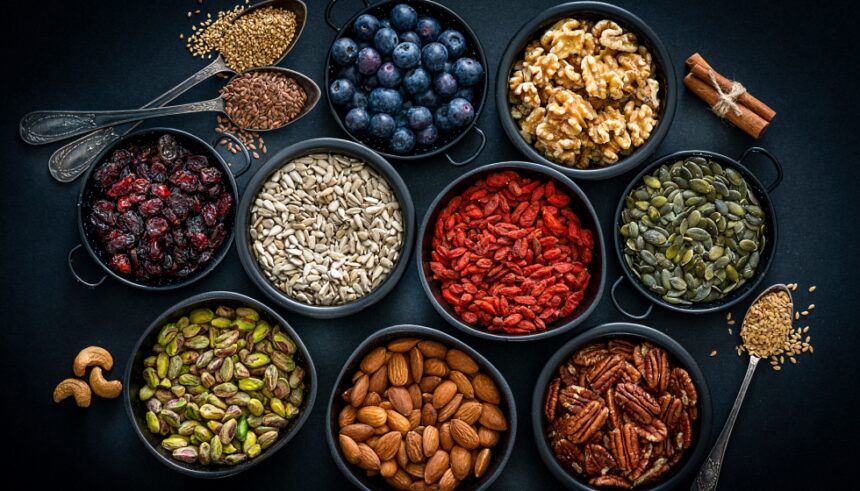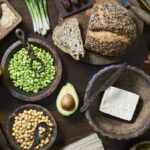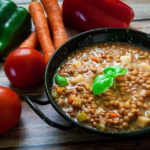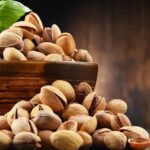What is a superfood
Basically, a superfood is one that naturally has a large amount of nutrients that provide an extra benefit to a person’s health. The concept of “superfood” arose in 2007 through a book titled in the same way, Superfoods, written by an American doctor, Dr. Steven Pratt.
The book was, or is, a kind of guide where 14 foods appear that this doctor considers essential and that should never be missing from a person’s diet.
Examples of superfoods
As an example, on this list you can find foods such as apples, nuts, spinach, olive oil, turkey, wild salmon, walnuts, garlic and onions, among others.
Most of them are already well known to all of us for their richness and nutritional composition. And even because they are common in our diet. Others, not so much.
Leaving aside the foods that may appear in your book, there are many more foods, and very well-known ones, that have positioned themselves and we have also attached the “superfood” label to them.
Throughout our history (ancient and modern), people have conferred special or magical properties on certain foods, either for health-related effects or for supposedly aphrodisiac properties.
While it is true that not all nutrients are present in all foods, there are foods that stand out in a special way and that catch our attention: they provide an extra benefit to our health.
It is difficult to choose, since all foods have, to a greater or lesser extent, their special characteristics. Disregarding those described by Dr. Pratt, and by other authors who have subsequently created their own list, in the post at hand we wanted to talk about a couple that we found interesting.
Turmeric
The first has a typical compound of this plant called curcumin. Curcumin is showing to have antioxidant and anti-inflammatory effects.
They also attribute possible anti-cancer effects to it, but there is still a lack of studies to confirm what it is.
Curcumin is entering the athlete’s diet for the two effects already mentioned: anti-inflammatory and antioxidant, and it is taken as a restorative and recovery agent after sports practice.
Chia
It is a seed known for a long time in some areas of Central America but it seems that it is now taking center stage due to its nutritional properties. A bit like what happened with Goji berries a few years ago. The chia seed is quite energetic.
The caloric load comes from lipids and starches. In addition, it is also interesting for its mucilaginous fiber.
The fats it contains are mainly omega 3, a fat of cardiovascular interest since it reduces inflammation and contributes to increasing HDL cholesterol levels. In this seed you can find all the essential amino acids, group B vitamins (B1, B2 and B3), very involved in the proper functioning of our nervous system, and minerals such as potassium, magnesium, selenium, manganese, copper and zinc.
Over time, this list of 14 foods has grown longer and currently there are 25. Who knows if it will grow again in the not-too-distant future. As we said at the beginning, all foods have, to a greater or lesser extent, their particularities. Why shouldn’t the majority deserve a place on a list?













